15 Vegetables to Grow to Dehydrate for Cooking, Seasonings, and Snacks
If you grow your own vegetables in your backyard, you’ve probably experienced an overabundance of fresh veggies at season’s end. While many gardeners choose to freeze or can that extra produce, another effective way to prevent food waste is with dehydration.
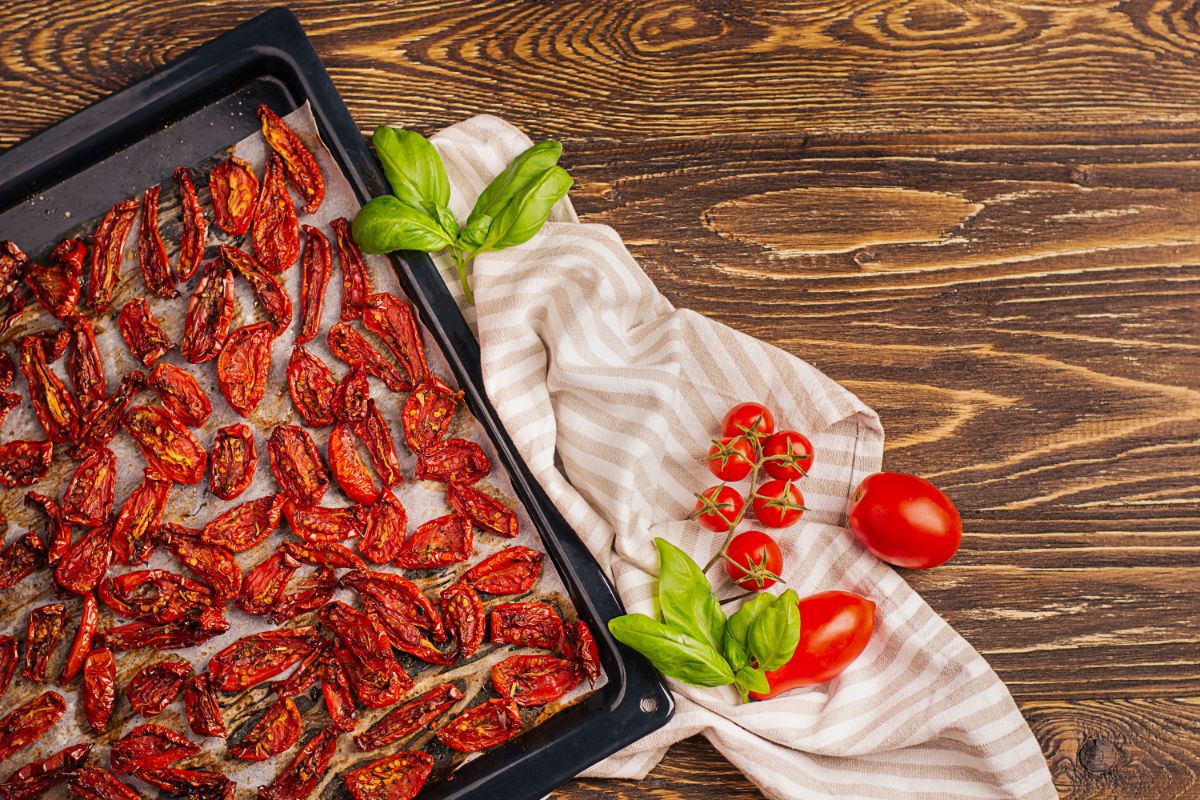
Many common fruits and vegetables you can grow in your garden work well for dehydrating. Once dried, these tasty snacks can be eaten plain, carried along on camping adventures or stored away for the long winter months ahead.
We’ve compiled this list of the top vegetables (and fruits) to grow for dehydrating. These are versatile foods that dry well and last a long time. Even better, they’re easy to keep in your garden.
So, if you’re looking for more culinary inspiration, or you just like prepping, try growing these top vegetables for dehydrating this season.
Jump to:
15 top vegetables for dehydrating
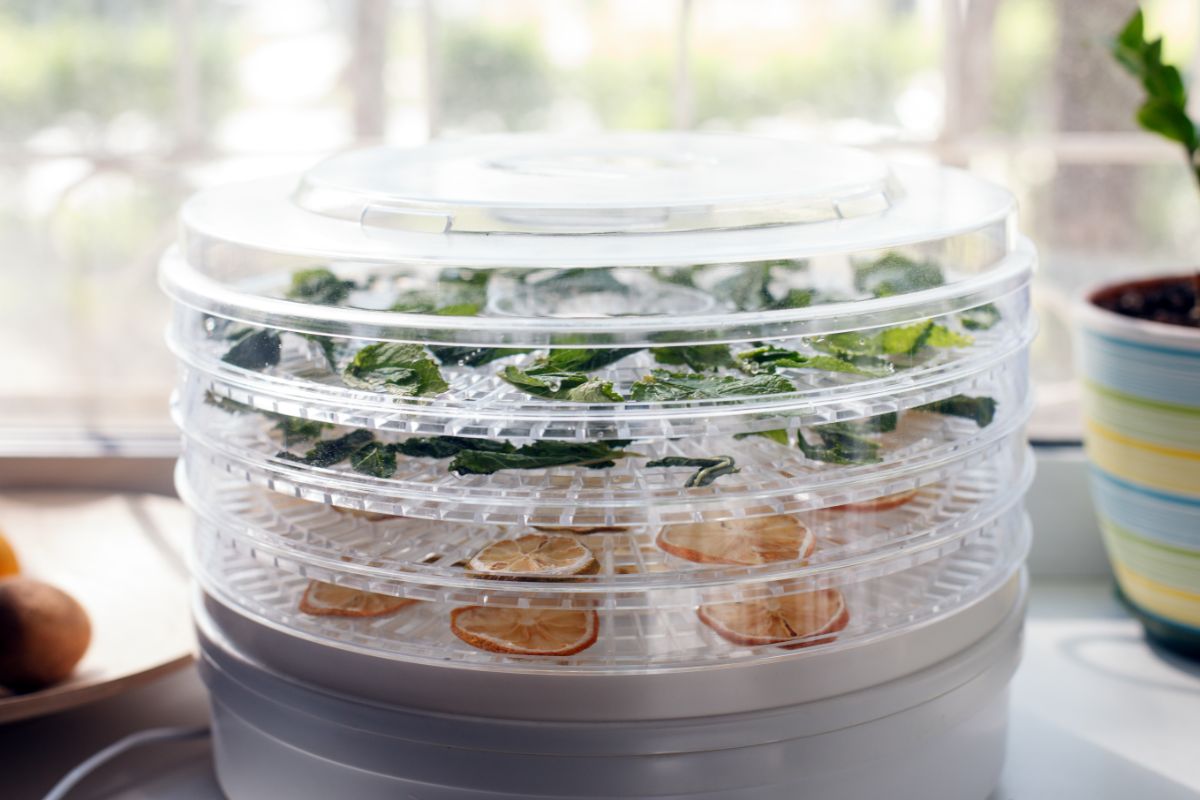
Dehydrating produce from your garden is a perfect way to prevent food waste, preserve food for the winter and save space too. Below are our top picks of garden produce for dehydrating.
While this list does technically contain some fruits as well as vegetables, we’ve highlighted plants that are mouth-watering for savory dishes and dehydrate well. From premade dried soup mixes to easy-to-pack camping fare, we’ve got lots of creative ways to utilize your extra garden produce!
1. Peppers
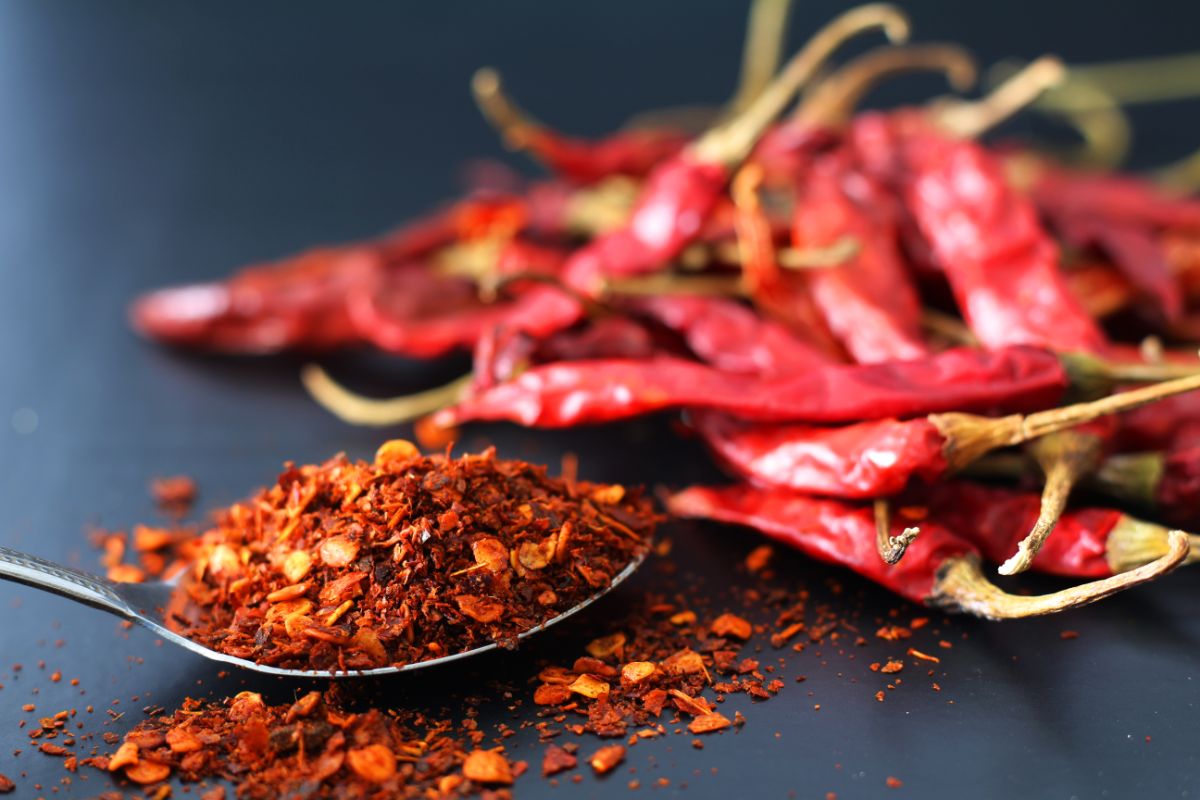
From bell peppers to spicy cayennes, dehydrated peppers are one of the most flavorful additions to add to your spice rack or food pantry. Ideal for preventing food waste, dehydrating homegrown peppers can also save on your weekly food budget!
By weight, spices are one of the priciest items at the grocery store. And it just so happens that many of the spices you buy are made from peppers.
Dried anchoes, red pepper flakes, cayenne powder, chili powder and paprika are just some of the spices you can create by dehydrating garden peppers. For more heat, add more fiery flavors (like scotch bonnets or habaneros) to your chili blends, while dried bell peppers can help temper spice levels.
For something a bit different, try chopping up and dehydrating bell peppers or spicier varieties. Then stir them into a homemade dried soup mix that’s easy to heat up on cold winter evenings.
2. Zucchini
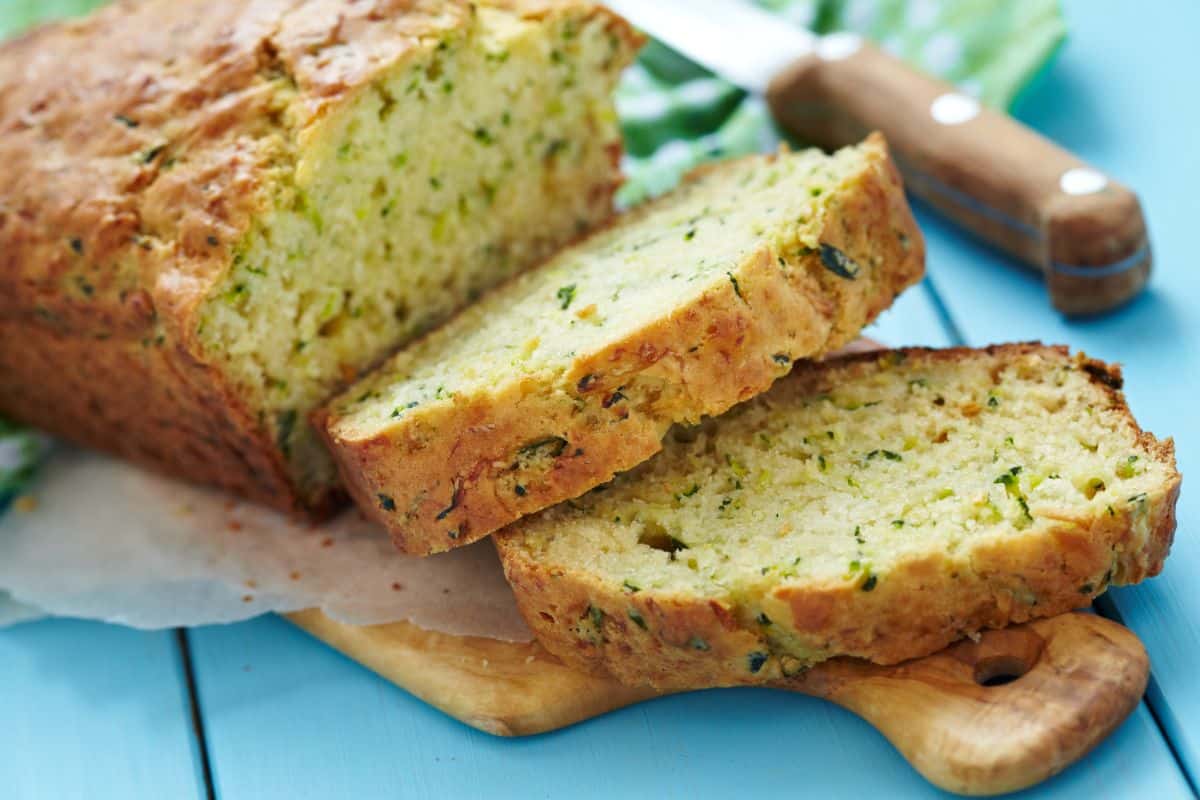
One of the top producing veggies in the garden, gardeners often have so much zucchini on hand at the end of the season, that it can be tricky to figure out innovative ways to use it.
But, like many other vegetables, zucchini dries well and becomes quite compact for easy storage.
If you’re on a keto diet, zucchini chips are a tasty treat -- especially when served up with a homemade bean dip or yogurt sauce.
After dehydrating, zucchini can be mixed into lots of recipes – like zucchini bread or homemade pizza dough. Dried zucchini works well for camping expeditions and can be rehydrated with water at meal time to make dinner prep a breeze.
3. Potatoes
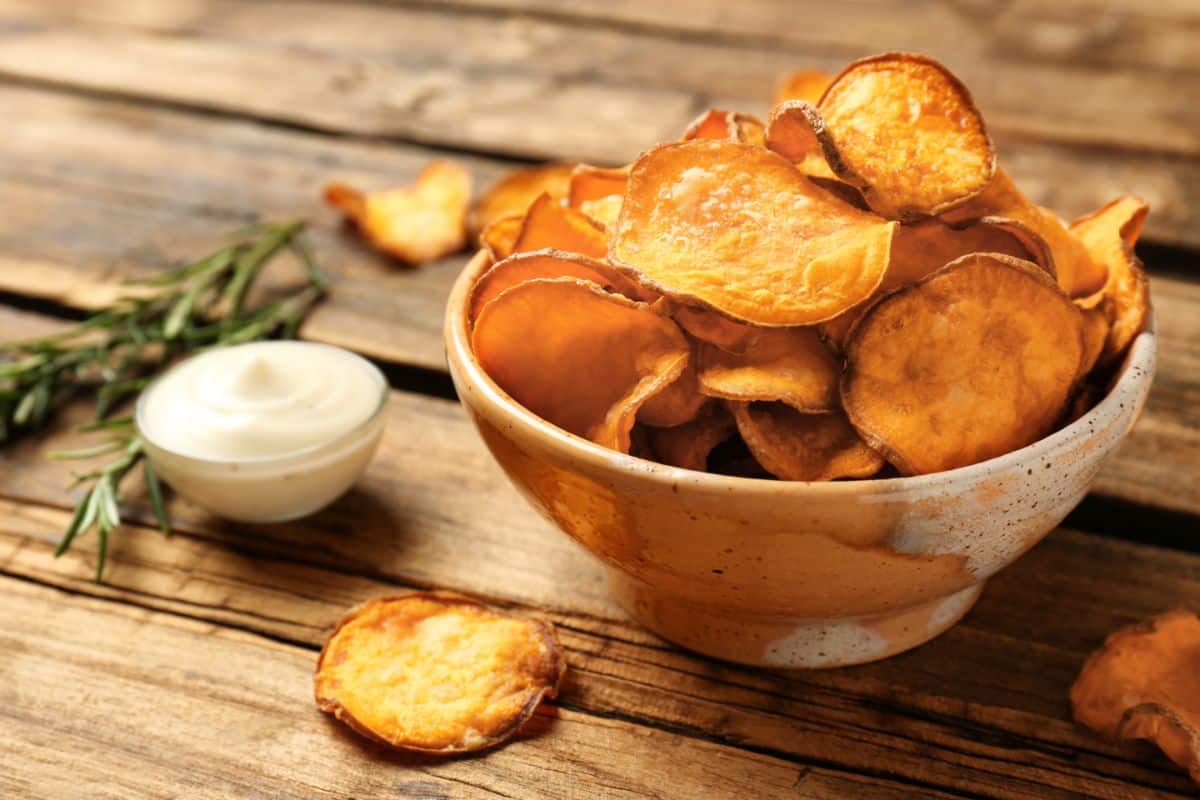
Rich in carbs but low in fat, potatoes are a versatile ingredient and they’re healthy too. But when it comes to preserving them, most people don’t think about dehydrating them.
Commonly, potatoes are stored in root cellars (or, in modern times, the crisper drawer of your fridge). But dehydrating them can simplify your recipes and make them more compact as well.
Chopped and dehydrated potatoes are perfect for mixing into soups and casseroles. Used in this way, you don’t need to rehydrate them before cooking as the liquid in the recipes should be sufficient. Dried potatoes can also be steeped in water and then mixed into potato salads or homemade hashbrowns.
Additionally, after drying, potatoes can be powdered to form homemade potato gnocchi or used as a thickener in other dishes.
And, of course, we can’t forget dehydrated potato chips – a healthier alternative to their fried cousins!
4. Garlic
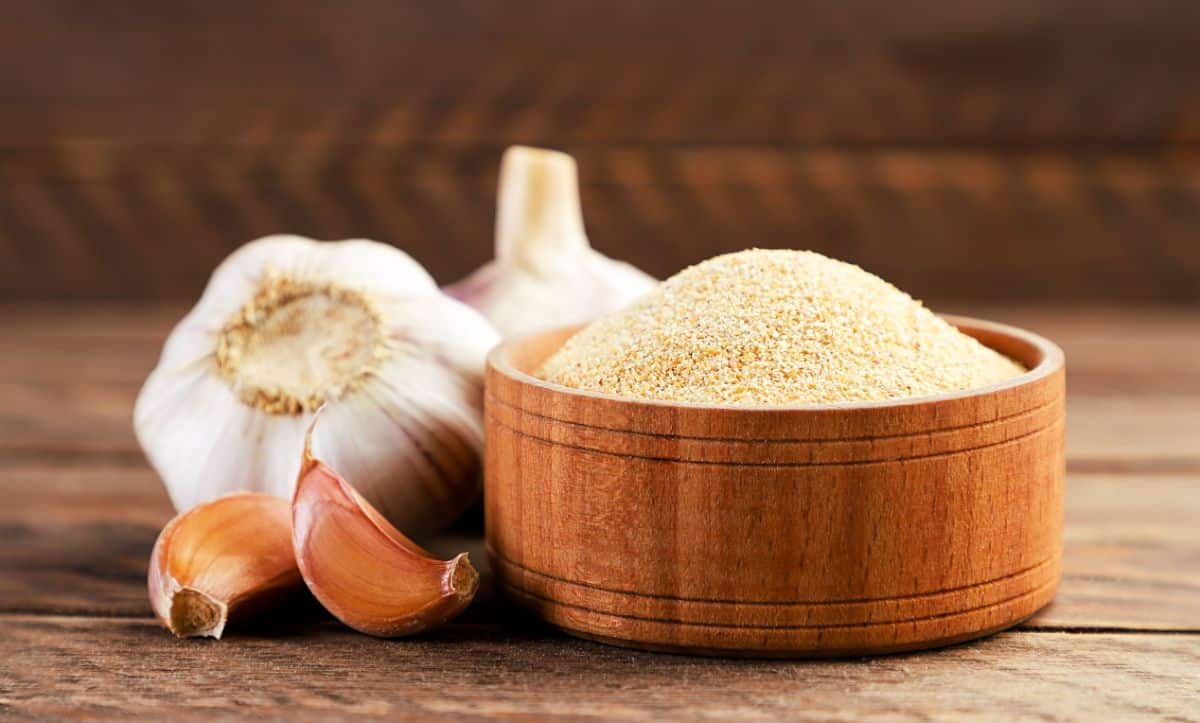
Fresh garlic is loaded with flavor, but dehydrating garlic before using it can amp up the taste even more.
Making your own garlic powder from dehydrated and pulverized cloves is one excellent way to preserve the season’s harvest. For different taste intensities, you can vary how finely you powder your garlic. A fine powder will offer more subtle flavor enhancements, but coarse garlic flakes are a better idea for dishes where you want to highlight garlic’s spicy taste.
Coarse garlic flakes or dehydrated whole cloves are also ideal for creating infused vinegars and oils. Once you’ve steeped your garlic for a while, use the liquids for cooking or whipping up your own homemade salad dressings.
5. Tomatoes
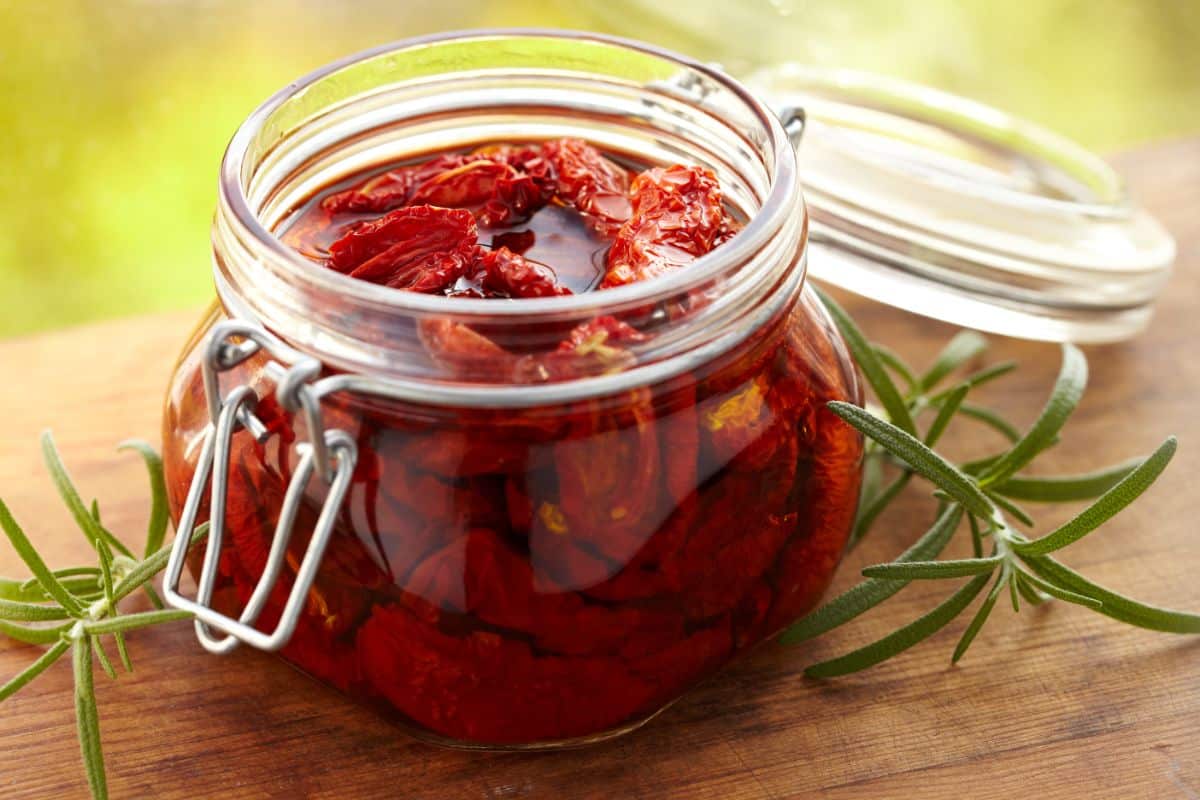
Tomatoes are a classic choice for dehydrating. Come summer’s end, if you’ve grown a successful garden, chances are you have more tomatoes than you can use. So, dehydrating them is an excellent way to make sure your harvest is all used up.
For lots of tomato flavor, making sundried tomatoes with a dehydrator is an easy choice. Once dried, tomatoes can be kept in Ziploc bags in the fridge and tossed into dishes as needed. But for even more flavor, try preserving your dried tomatoes in olive oil and then chopping them up to add to salads and other dishes.
Once dehydrated, tomatoes can also be pulverized into tomato powder, which is a versatile kitchen ingredient that can be used in tons of dishes. From homemade pasta sauces to savory tomato biscuits, it can be mixed into so many recipes!
6. Kale
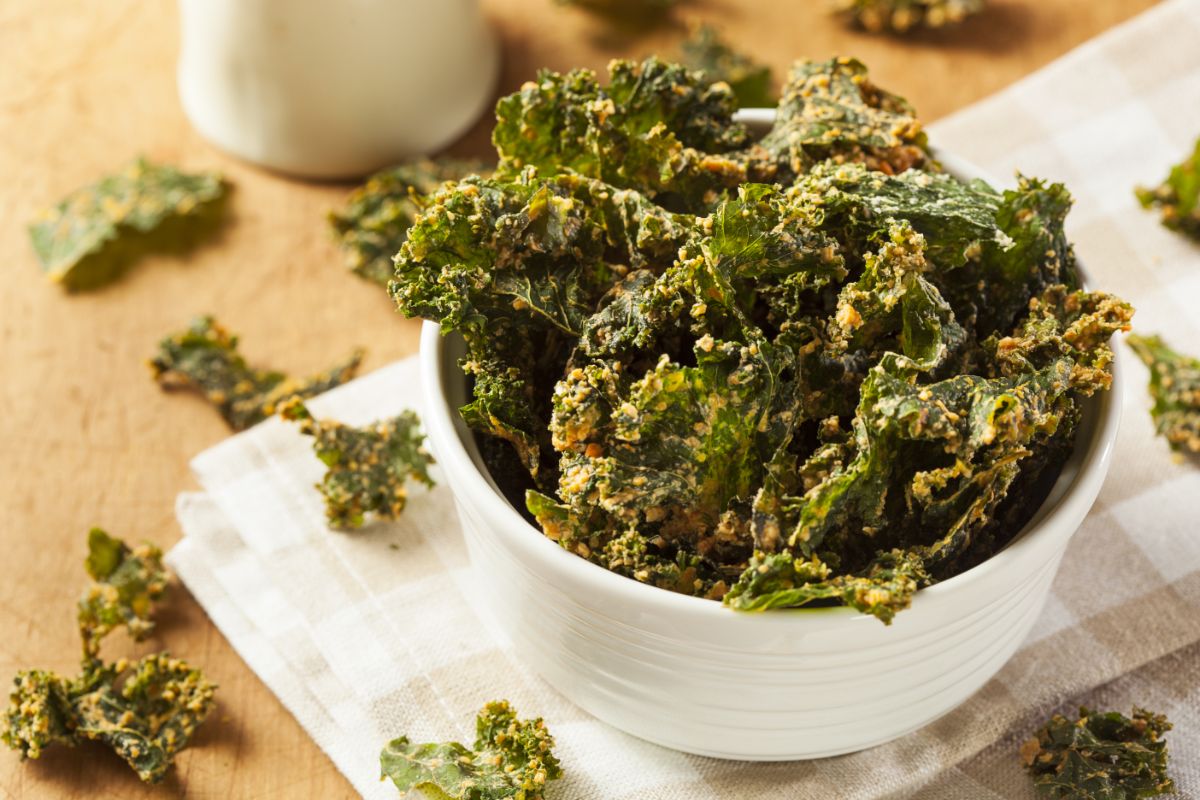
Kale chips are an easy solution for too much kale. Simply mix up fresh kale with olive oil and salt and you’re good to go. For a cheesier flavor, be sure to mix in some nutritional yeast too. It’s even vegan-friendly!
To use kale in cooking recipes, try dehydrating it first. Once dried, kale will last much longer and can even be ground into a fine powder to mix into breakfast smoothies or to add extra vitamins to any dish!
7. Corn
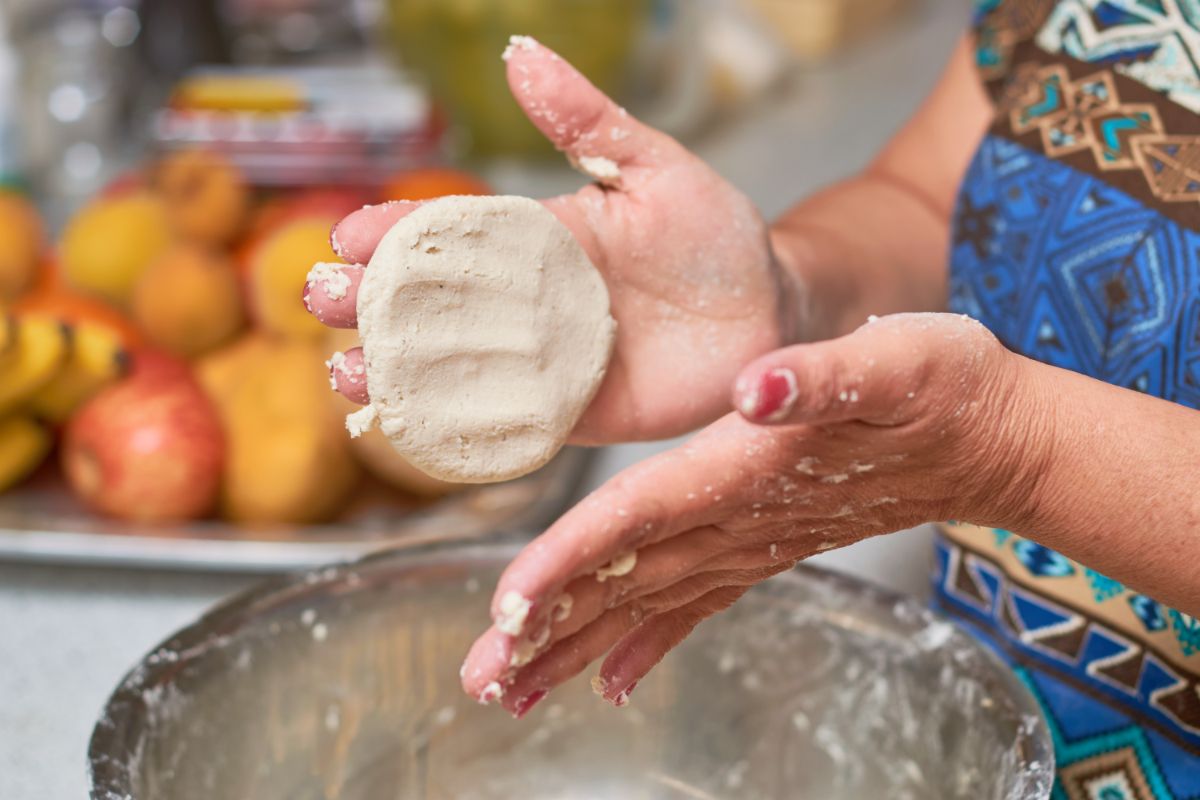
Like many other dehydrated vegetables, corn works well in premade dried soup mixes for camping or cozy nights in.
But for more fun, why not make your own corn meal, tortillas, corn chips or taco shells with your extra homegrown corn? For greater color variation, try out blue or red corn varieties. Dinner guests will be surprised by your colorful taco creations!
And, if you get into homemade tortilla making, don’t forget your tortilla press!
8. Onions
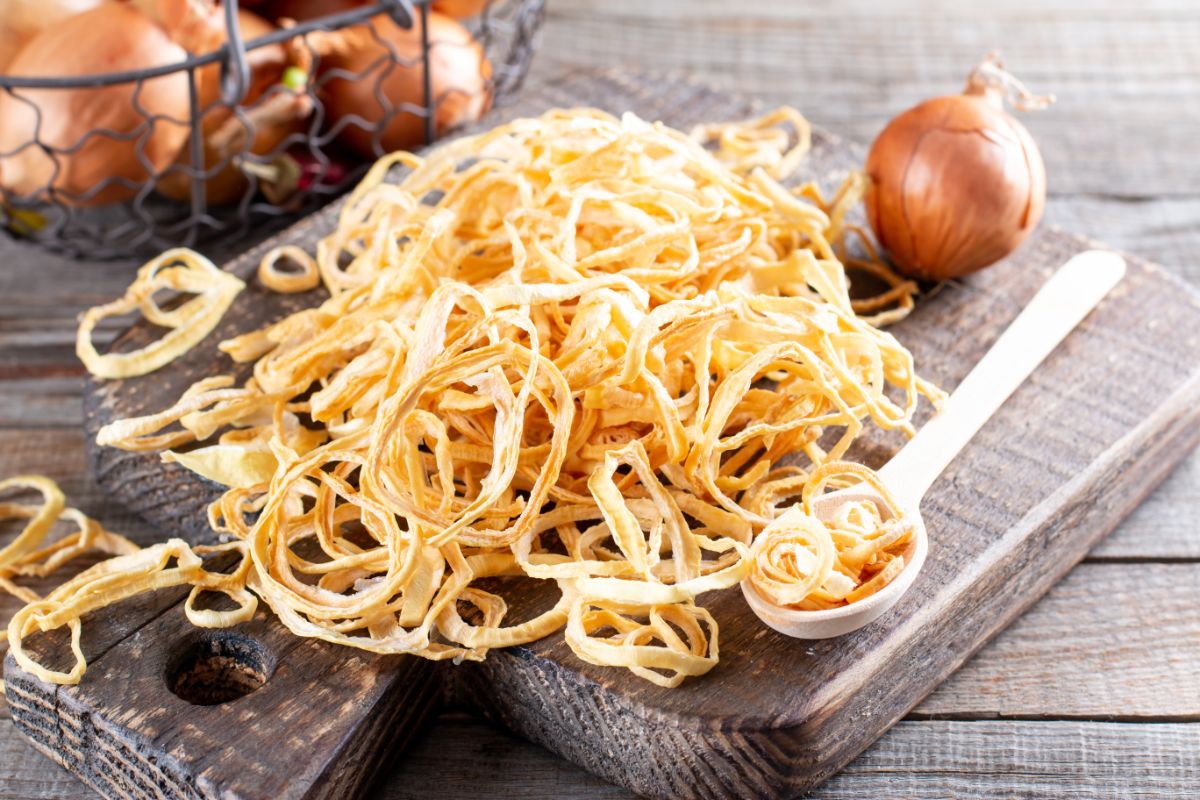
Like garlic, onions are easily dehydrated to make your own dried onion powder. Varying how finely you grind your powder will impact flavor too, creating more intense or subtle flavors as needed.
Chopped onions can also be dehydrated to stir into dishes while cooking or they can be mixed into homemade dried soup blends, like French onion soup.
Crispy dried onions are a perfect complement to green bean casseroles and other savory favorites. Onion flakes can also be steeped into homemade vinaigrettes or rehydrated to give you that quintessential fast food onion intensity.
9. Beets

When sliced thinly and dried, beets make marvelous and healthy homemade chips. Serve them on their own, or mix them with other dried root veggies for lots of color. A blend of beet roots, sweet potatoes and carrot chips works nicely.
After drying, beets can also be powdered to create beet powder. Beet powder is ideal for smoothies, but it can also be used to add food-safe color to other dishes. Beet powder has even been used for some homemade cosmetic recipes too.
If you like hummus, adding some beet powder to your hummus blend can liven up your snack board!
10. Spinach
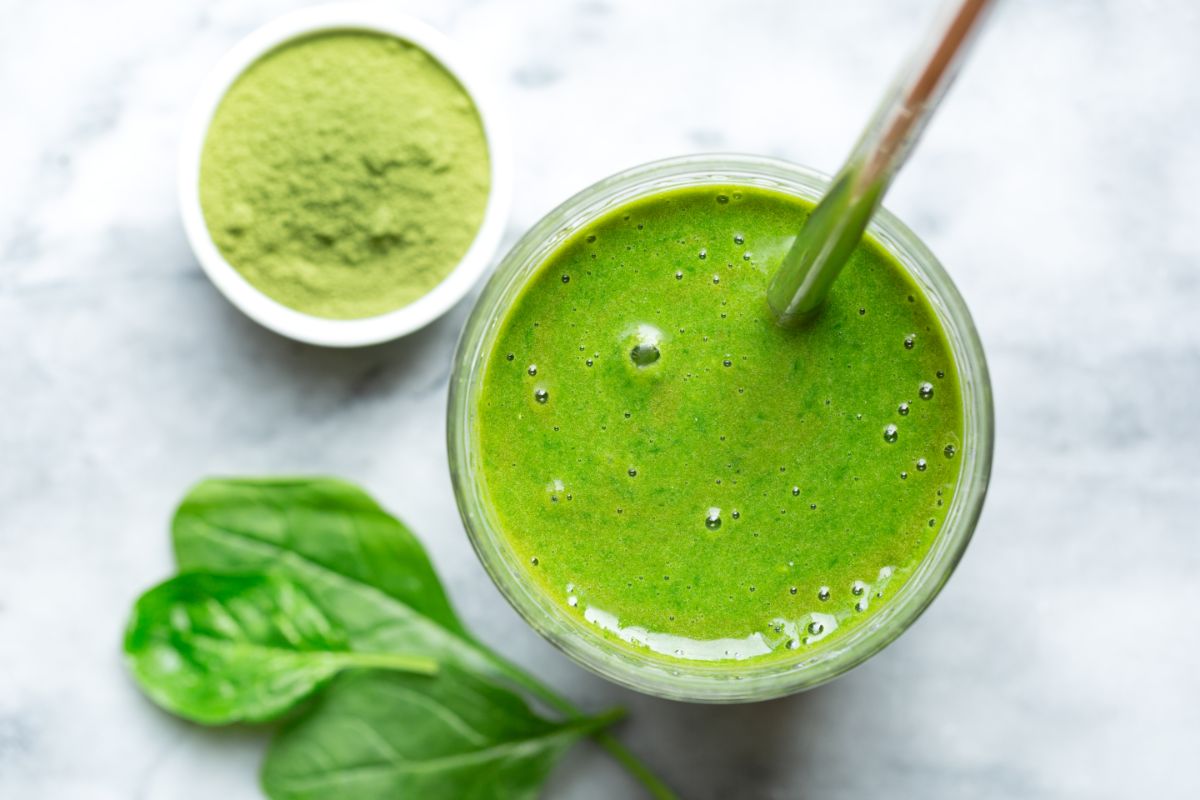
Spinach is a relatively delicate leafy green and doesn’t have a very long shelf life once harvested. So, if you have a lot of spinach on your hands, you’ll want to use it up quickly.
One easy way to extend the life and usefulness of spinach is to dehydrate it. Once fully dried, spinach leaves can be powdered with a coffee mill or spice grinder and added into soups and other dishes for a quick nutrient boost.
And, if you love breakfast smoothies, using homemade spinach powder as a mix-in is a great way to simplify your morning routine and ensure that you get your daily greens!
11. Carrots
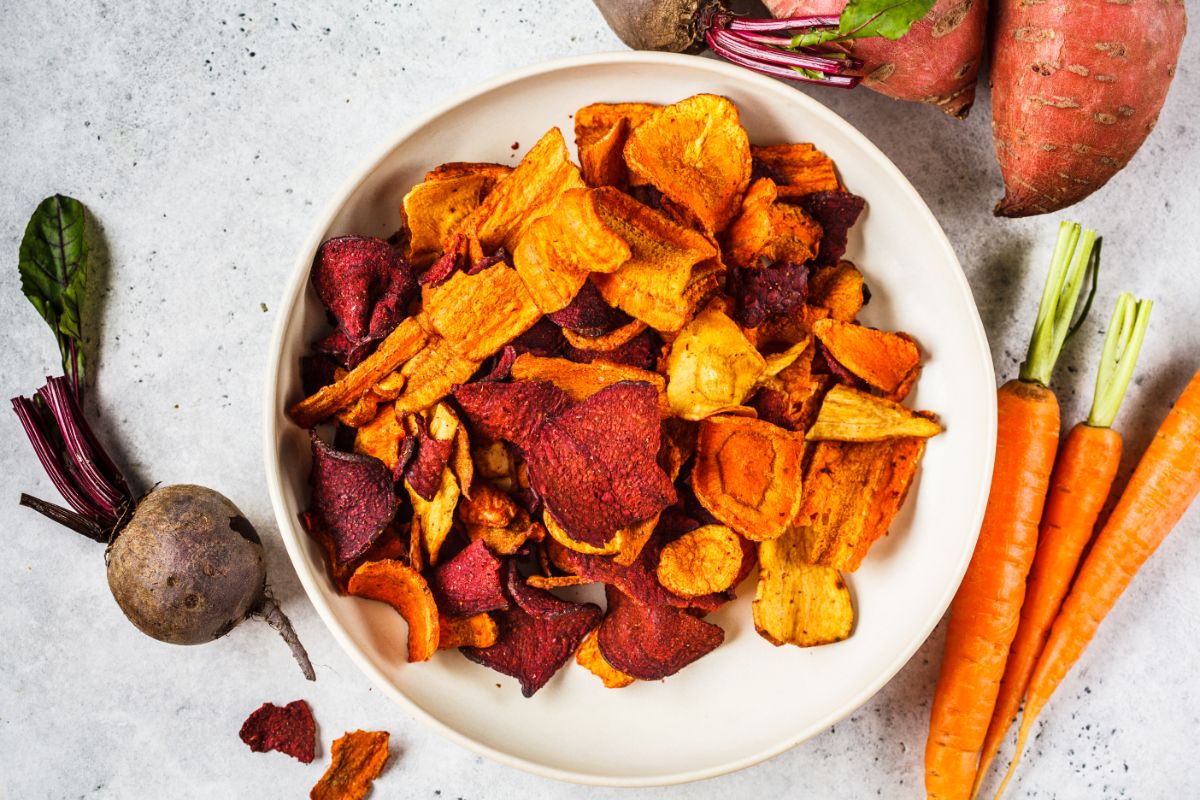
Shredded into matchsticks or chopped into chips or snacking sticks, dehydrated carrots keep their flavors well for year round storage.
When cubed, dried carrots are ideal for dried soup blends, like carrot ginger soup or chicken noodle soup.
Dehydrated carrots have a nice amount of crunch too, so they work well as healthy chips and taste delightful with freshly made hummus.
12. Cauliflower
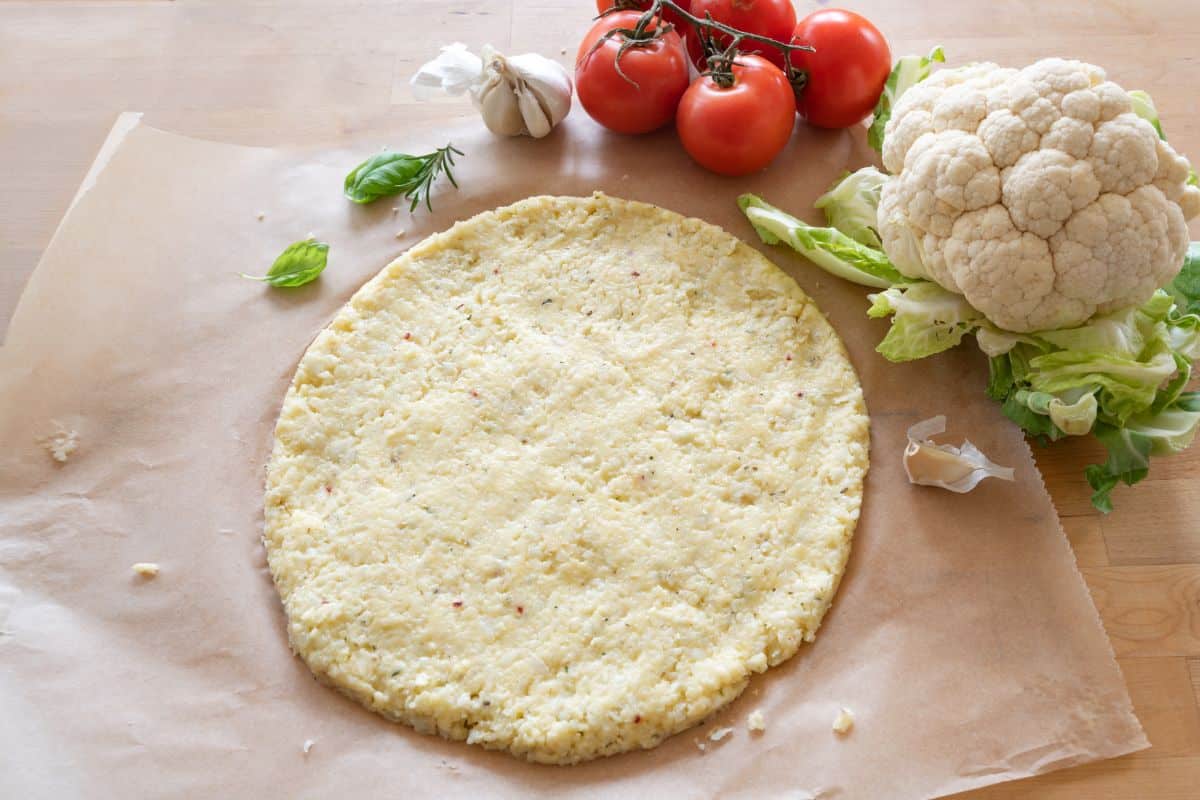
If not eaten fresh, cauliflower can turn brown and mushy rather quickly. But dehydrating it can keep your fresh produce from going bad.
Once dried, powder your cauliflower heads to make homemade pizza dough or other baked goods.
For an even more intriguing solution, try out cauliflower popcorn, cauliflower chips or cauliflower rice. These snack choices are low in carbs and calories but rich in antioxidants!
13. Squash and pumpkins
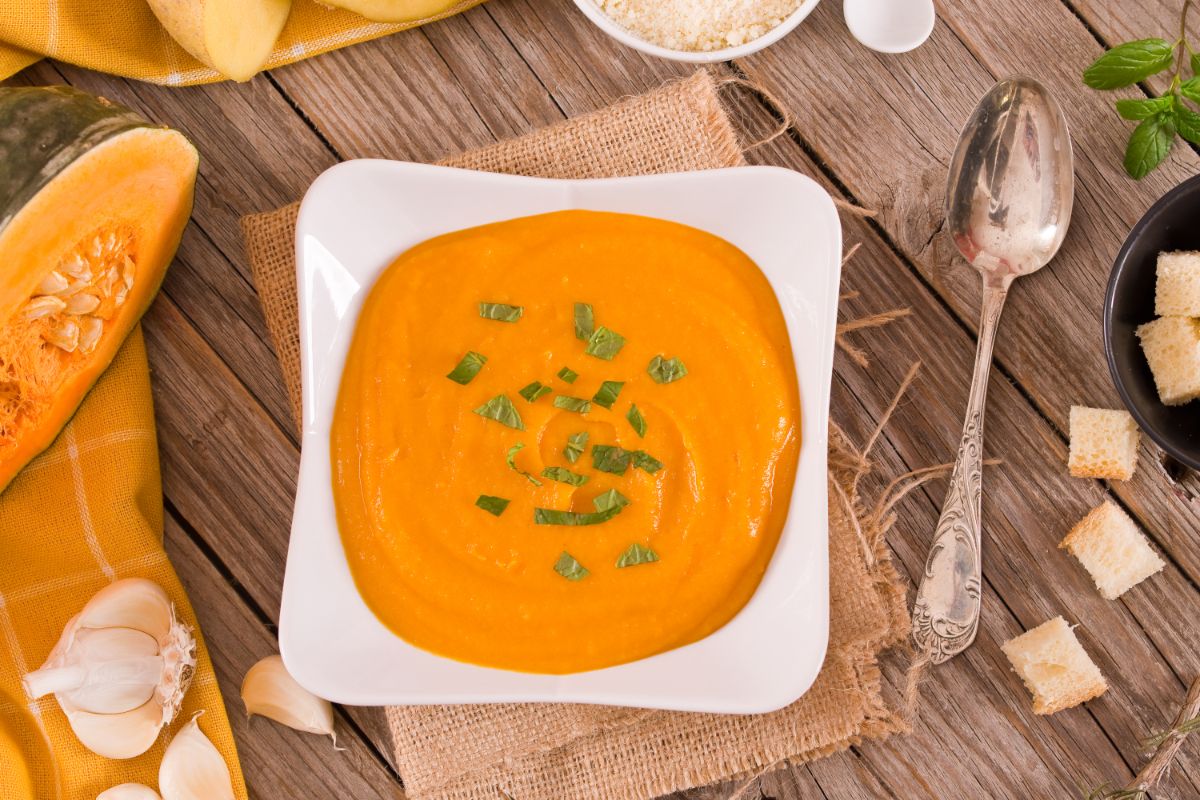
From butternut squash to pie pumpkins, these autumn favorites are delicious in so many dishes. But if you’re overrun by a bumper crop of gourds, don’t fret. Try dehydrating them instead!
Pumpkin or squash chips make a healthier alternative to deep-fried potato chips. Rich in beta-carotene and vitamin A, these alternative chips are also a fine source of other nutrients, like fiber and copper!
Pumpkins can also be dehydrated to create a pumpkin powder. Rehydrate the powder later to create your own simple pumpkin puree that’s perfect for soups and, of course, pumpkin pie.
And, don’t forget that dried pumpkin seeds are delicious with a bit of olive oil and salt!
14. Sweet potatoes
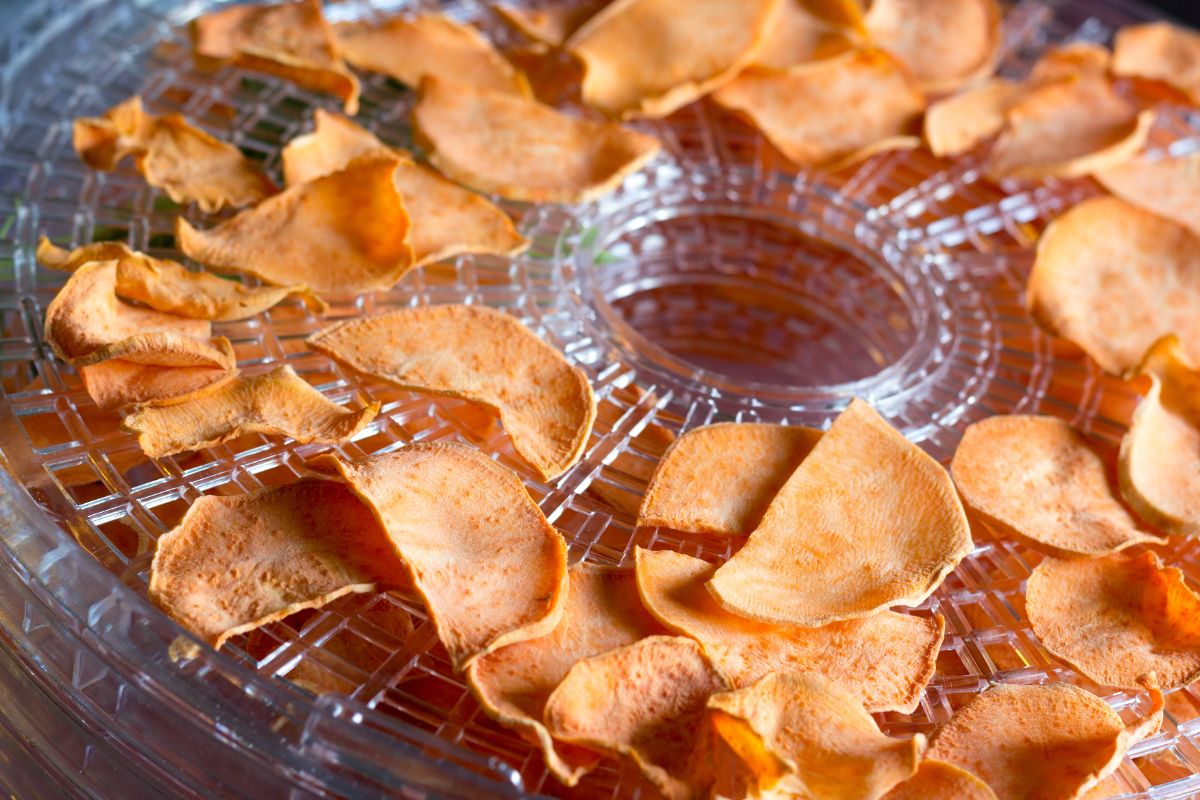
High in vitamins A, B, C and D, there’s so much to love about sweet potatoes. They’re easy to grow and lower on the glycemic index than regular potatoes. Even better, they’re super tasty too… even when dehydrated.
Like pumpkins and squash, dehydrated sweet potatoes make excellent alternatives to oily potato chips.
Dried sweet potatoes are also handy to take along on camping trips as they rehydrate easily with just a bit of water. Once rehydrated, use your sweet potatoes as you would use fresh sweet potatoes.
If you have a dog, don’t forget sweet potatoes are good for them too! Check out this recipe for dehydrated sweet potato chews your pup will love.
15. Celery
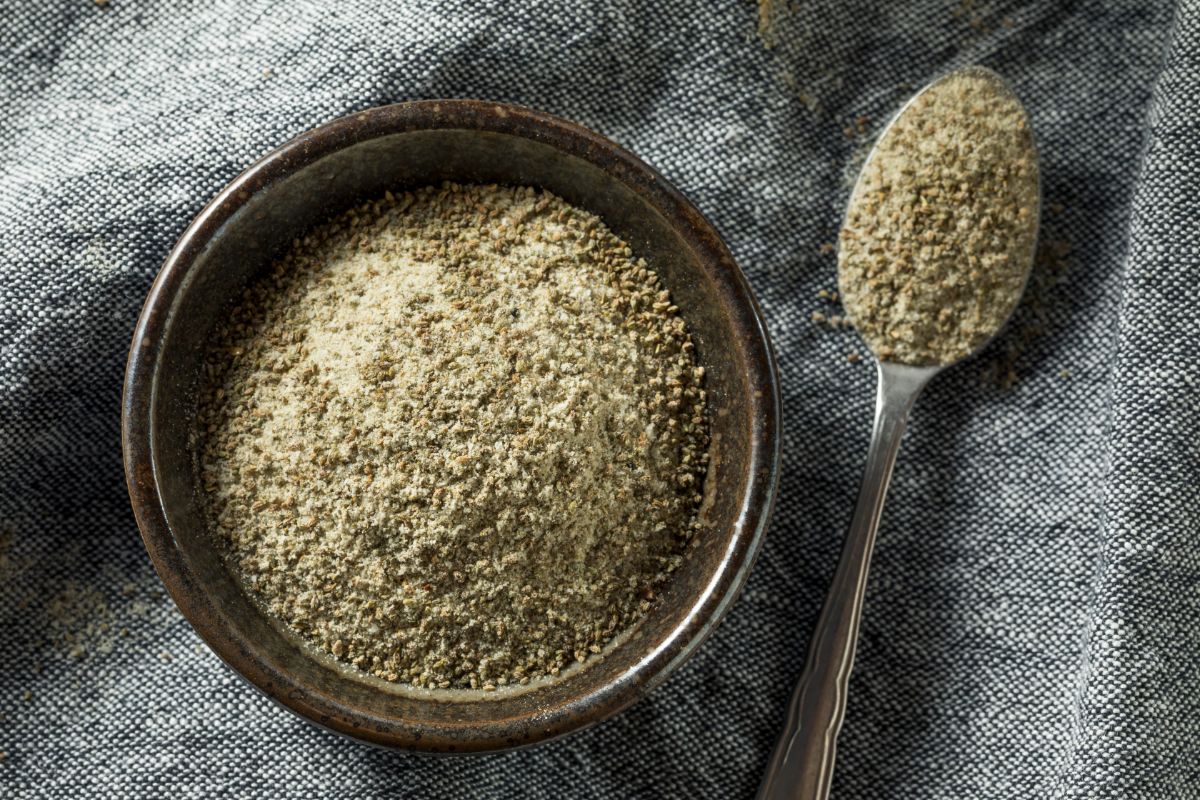
Due to its high water content, celery may not at first seem like a vegetable that will dehydrate well, but it works. After drying, celery can be rehydrated and mixed into sautés and casseroles. Or simply stir it into soups and stews and allow it to rehydrate in the broth.
Celery leaves are often overlooked as an ingredient as they tend to be a tad on the bitter side, but they’re just right for making homemade celery salt. Once you’ve made your own celery salt, take it one step further and whip up your own batch of Old Bay seasoning for seafood boils too!
Frequently asked questions
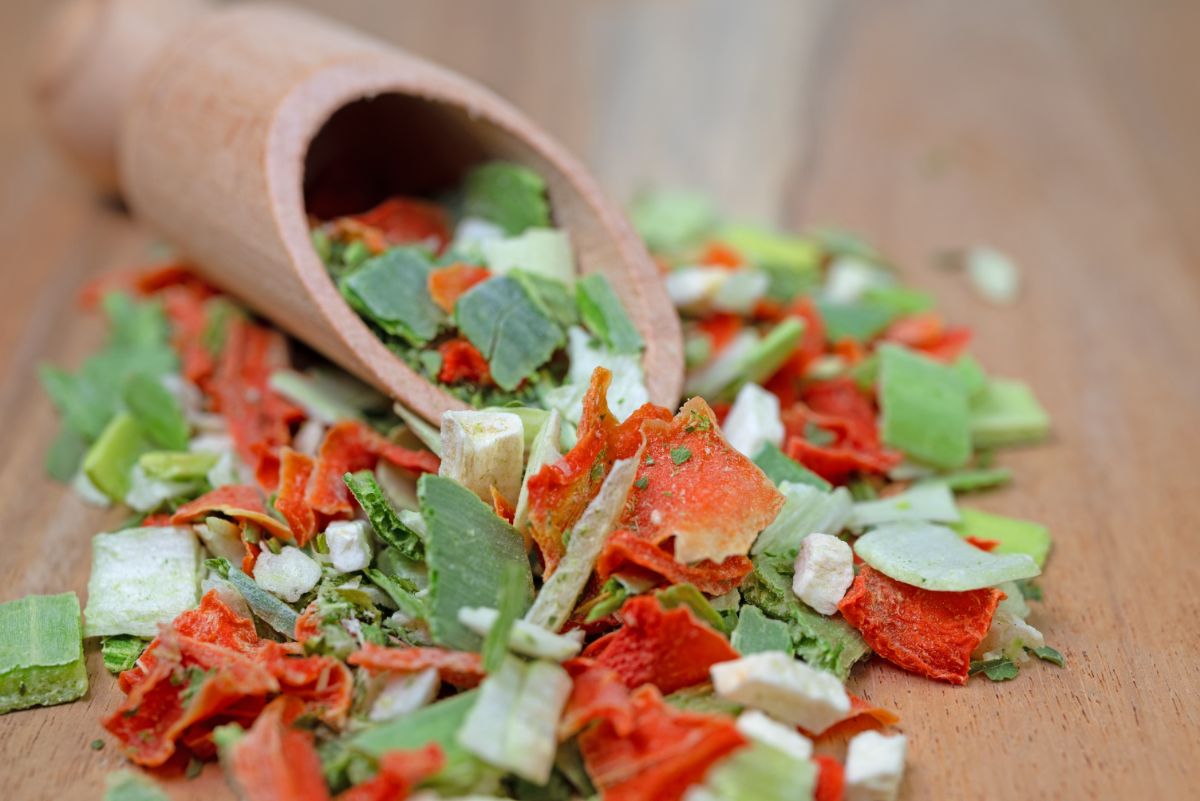
Surprisingly, dehydrated vegetables are very healthy and have about the same nutritional value as fresh veggies. This is because, when drying, they are heated to low temperatures, which are less likely to denature the vitamins and nutrients they contain.
Because the water has been removed, dehydrated foods have a higher calorie content by weight than fresh vegetables. This means that you may end up eating more of them to feel full. They may also contain a higher salt content, depending on how you’ve seasoned them.
When properly stored, dehydrated veggies last about 6 to 12 months at room temperature. You can extend this time by storing your veggies in airtight containers or vacuum sealing them.
Many dehydrated vegetables can be eaten plain as snack foods, so they make tasty treats on camping expeditions. Once rehydrated, they can be used about anywhere you’d use fresh vegetables, including soups, stews and casseroles.
Summary
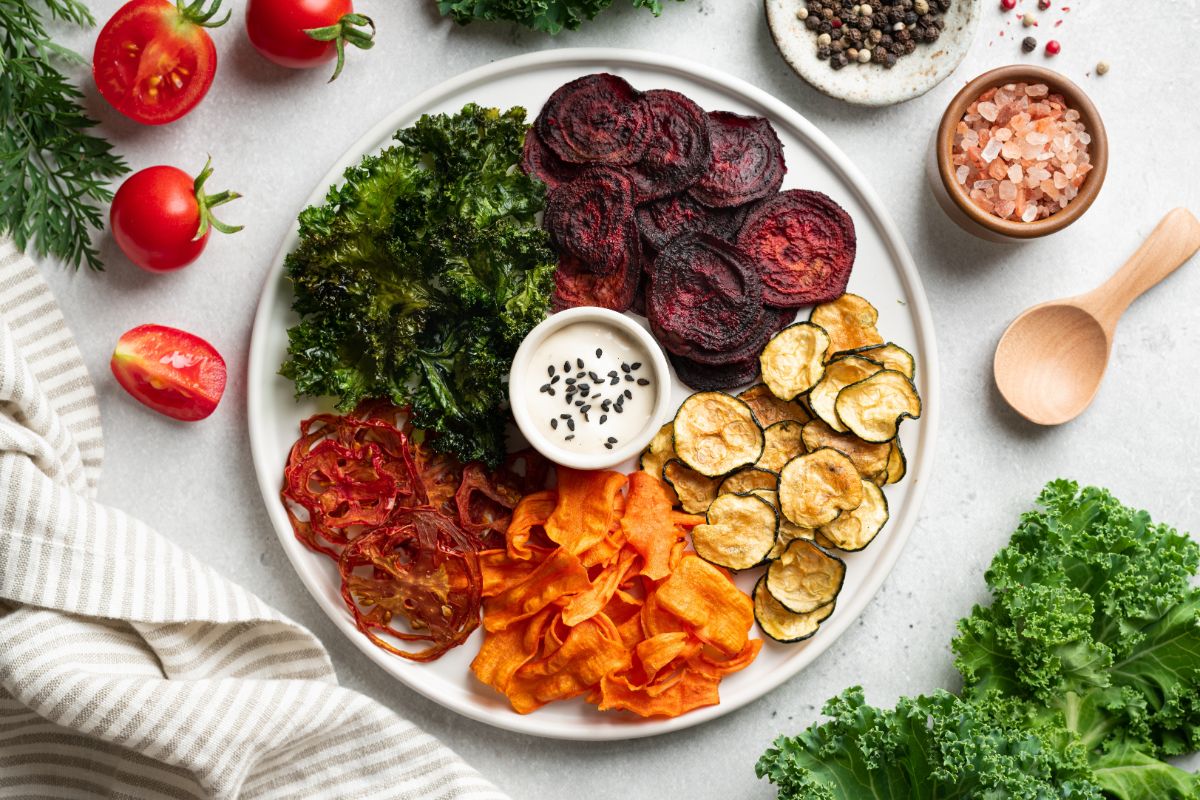
If you love gardening, but you’re looking for new ways to utilize your garden harvest, dehydration is a wonderful way to preserve your produce and expand the ingredients in your pantry too.
Thanks to their ease of growing, low water content and versatility, some vegetables lend themselves particularly well to this preservation method. So try adding some of these tasty plants to your garden this year for long-term storage, innovative food prep and homemade camping snacks!
If you liked this article, check out our piece on the best ways to preserve your garden produce.

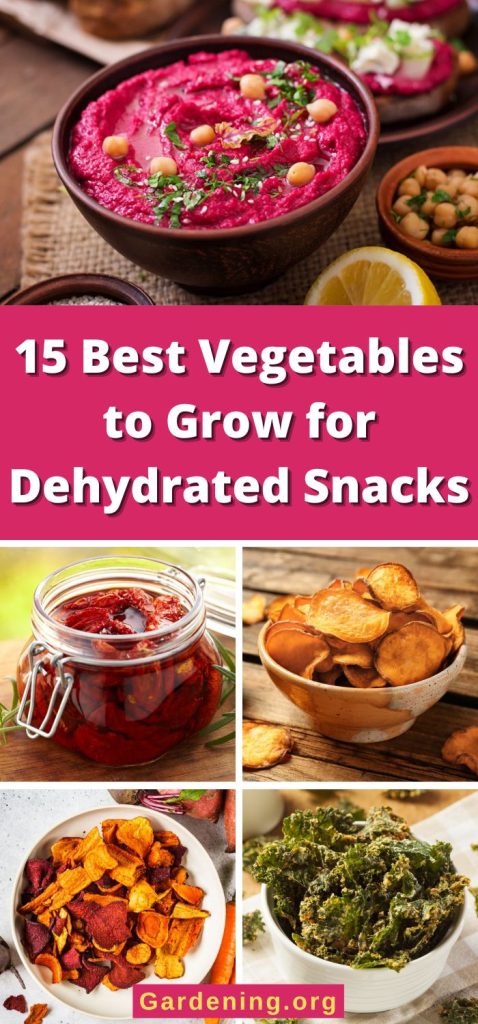
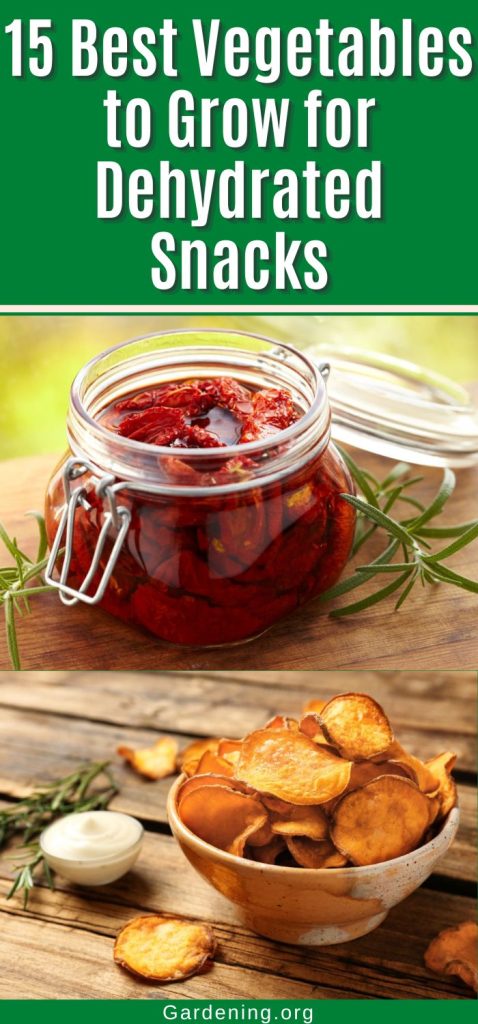
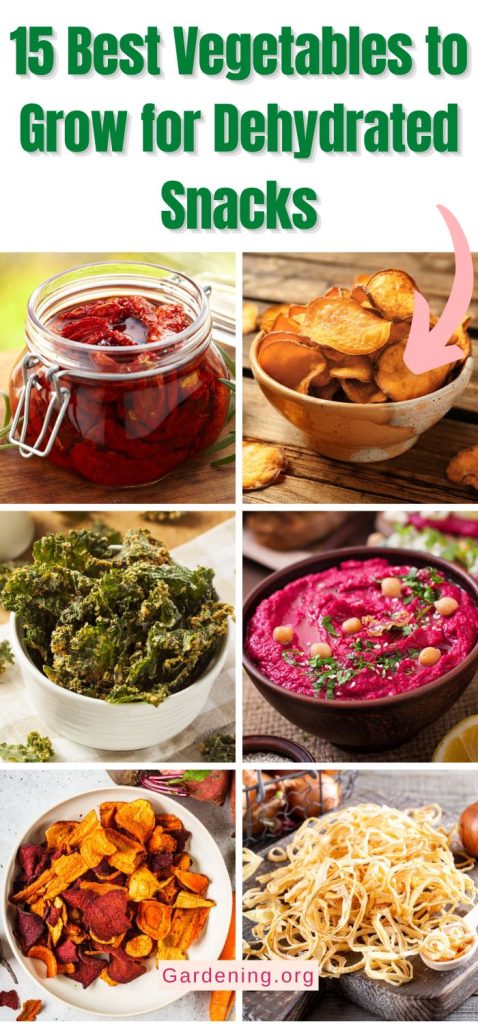
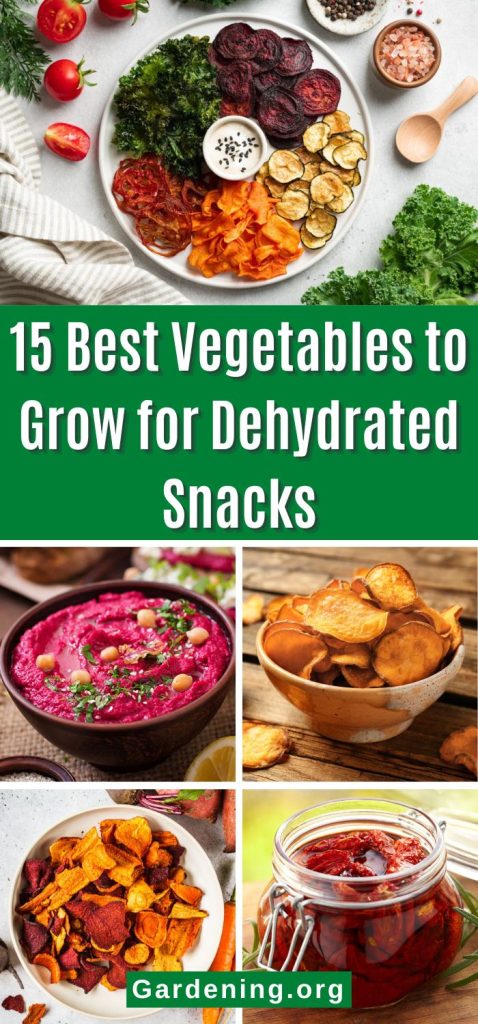
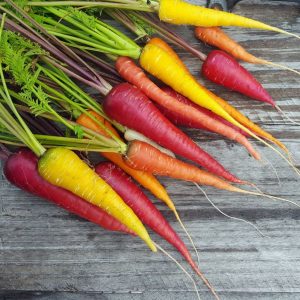
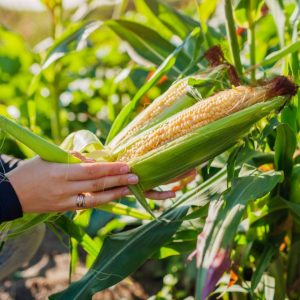
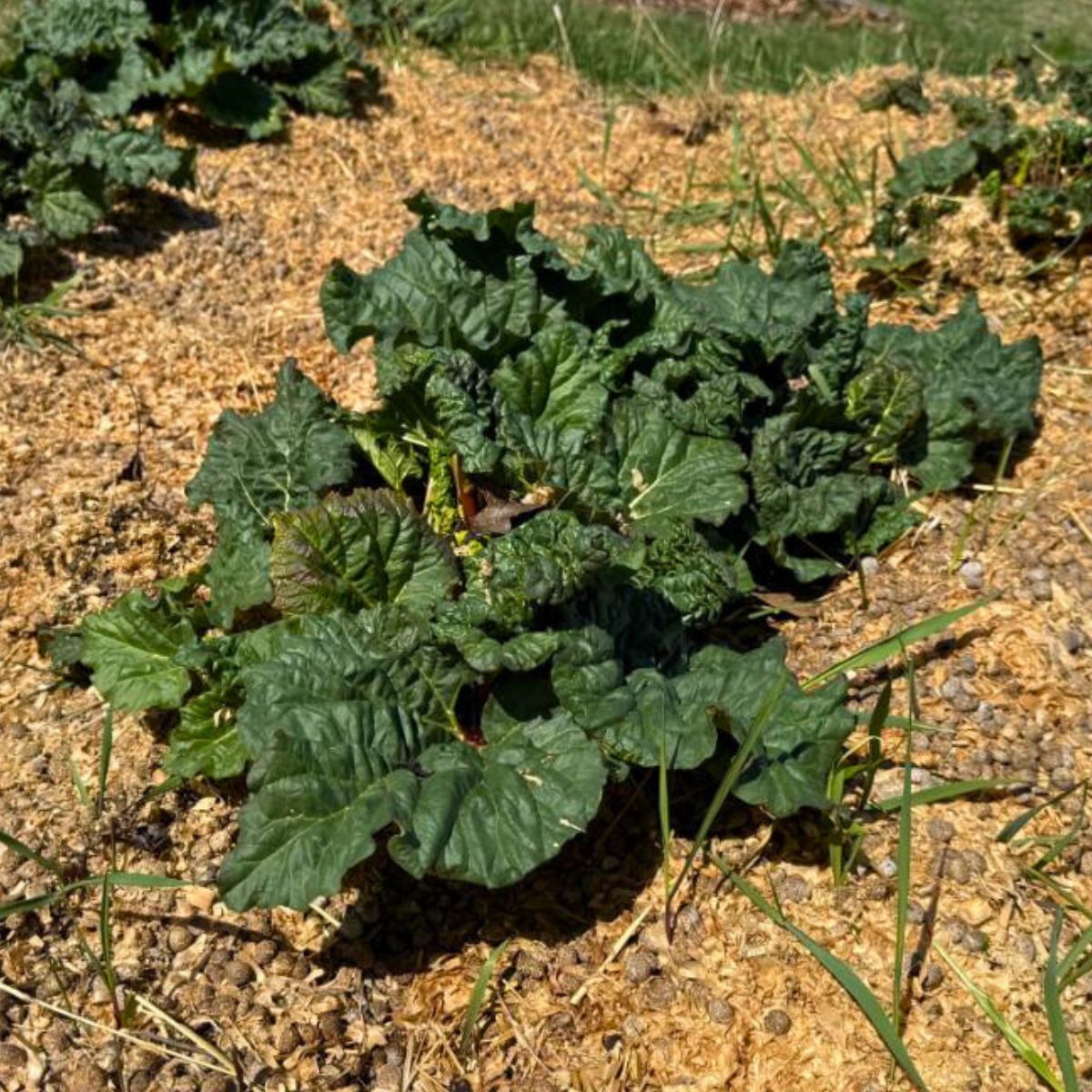
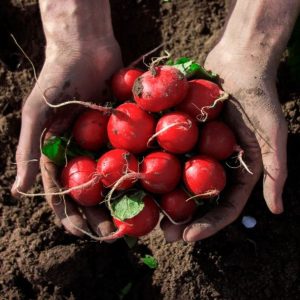
Leave a Reply